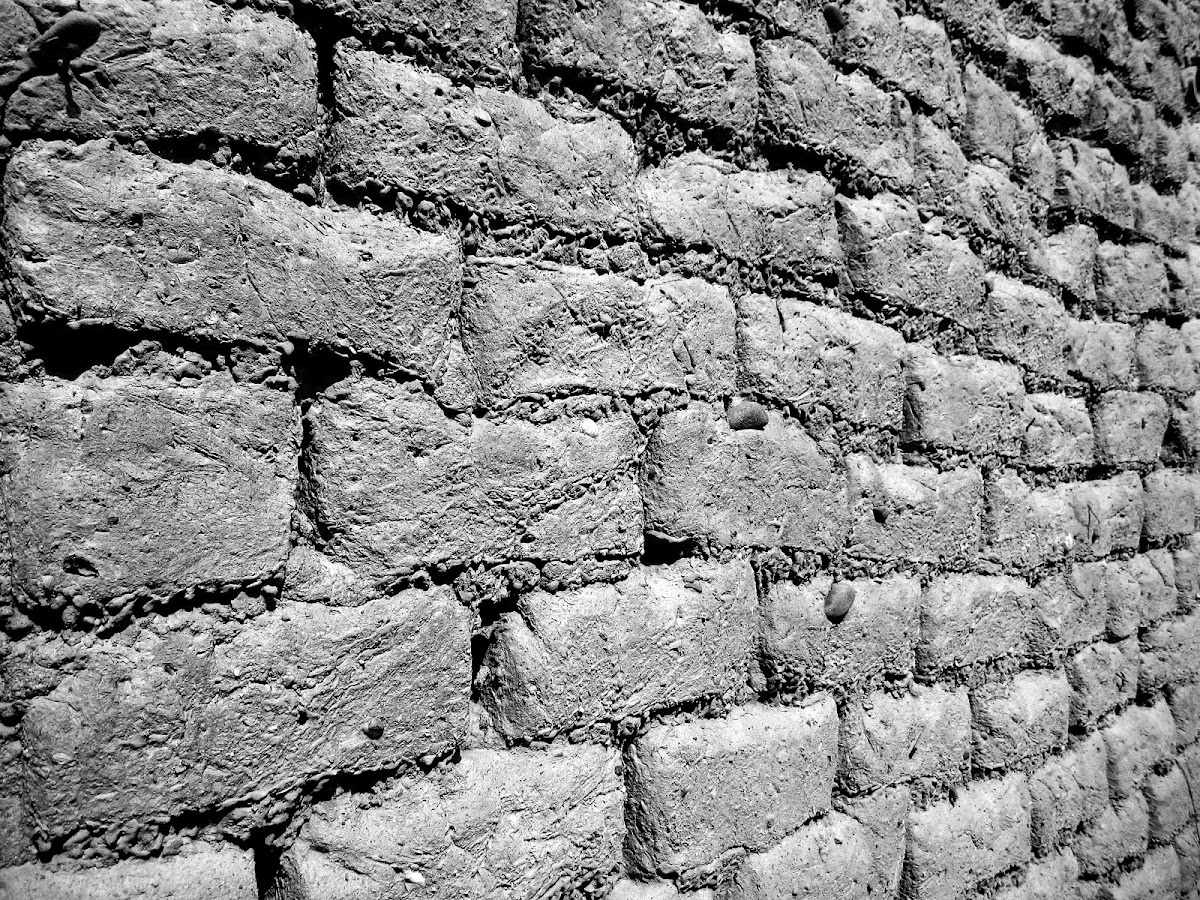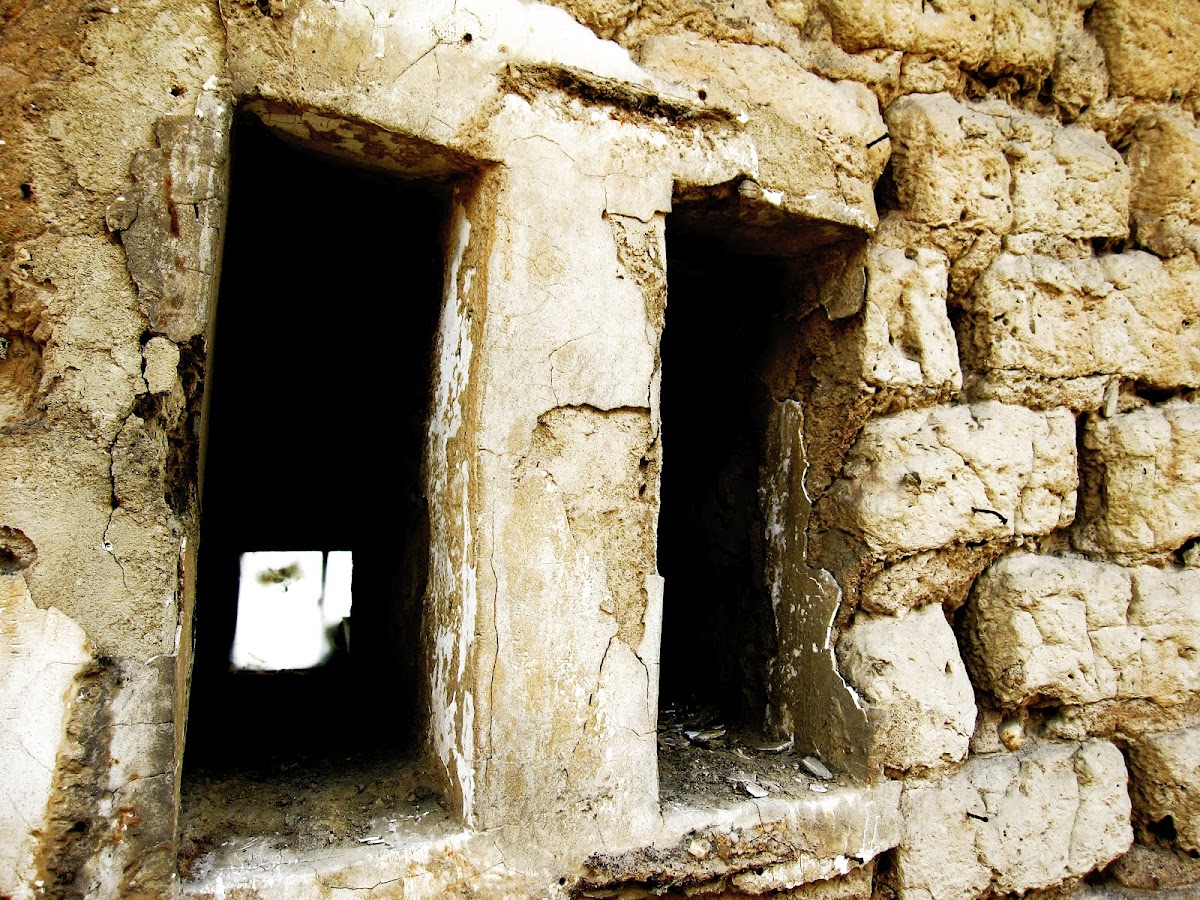
I had originally planned to head into Nantou city along along the Route 139, but the route is not marked upon entering downtown Nantou, so I wasted enough time that it just wasn't worth continuing with that plan.
Ordinarily, I would be a little upset without tasting the meat of the ride through the hills to Jiji, but since I rarely spend much time in Nantou, I had seen enough to explore a little.
I crossed the Lumei Bridge. The bridge in its current form was completed in 1997, but was actually a modern conversion of a much older bridge.
Just on the other side of the bridge I noticed the remains of a bamboo palisade with a stone wall inside. It may be the remains of a family compound, military outpost, or even a satellite village of the Hoanya speaking Sarva group of indigenes.
Just around the corner I found the traditional market and a park.
The park is home to a new croquet court.
It is also home to the only remaining segment of the snake kiln from Shuili. The original kiln was destroyed during the 921 earthquake, but one segment was recovered and moved to its current location in Nantou.

On my way home, I stopped to take pictures in a community built from traditional mud bricks. Unlike more famous structures that use fired red brick that arrived in Taiwan as ballast for ships, the majority of Taiwan's Qing era buildings were constructed using sun-baked bricks composed of mud, rice husks, and water buffalo dung. The husks and dung gave the bricks a type of waterproofing while holding the bricks together. The walls were then covered in a lime paste.


















